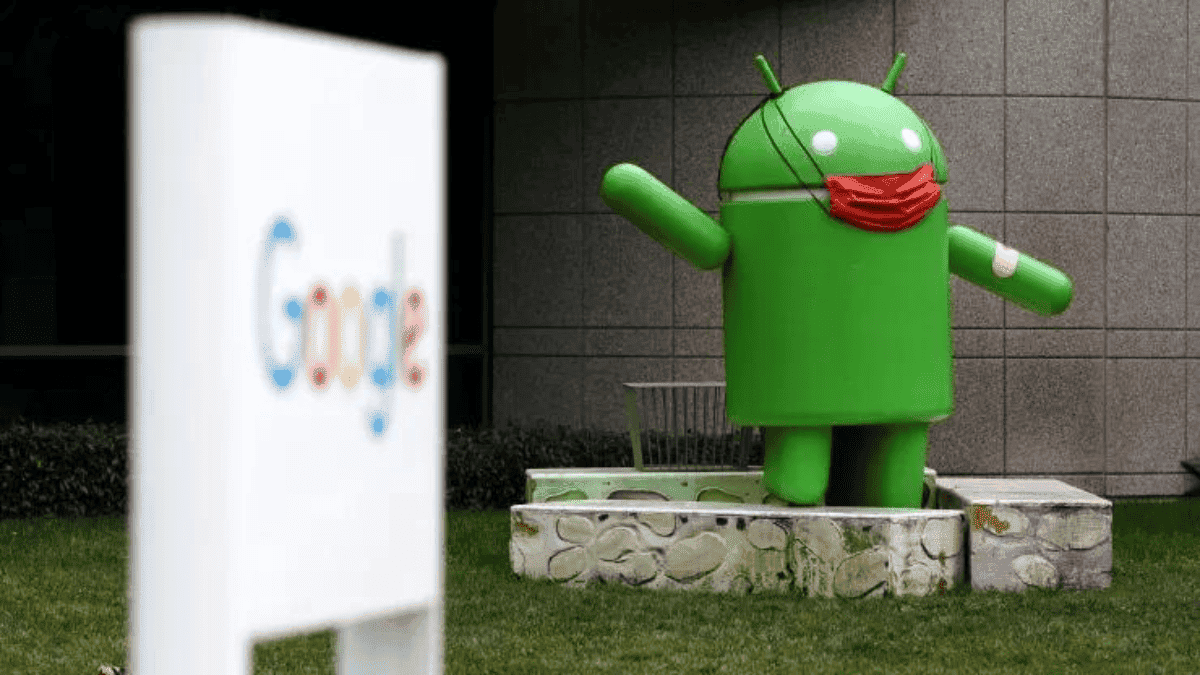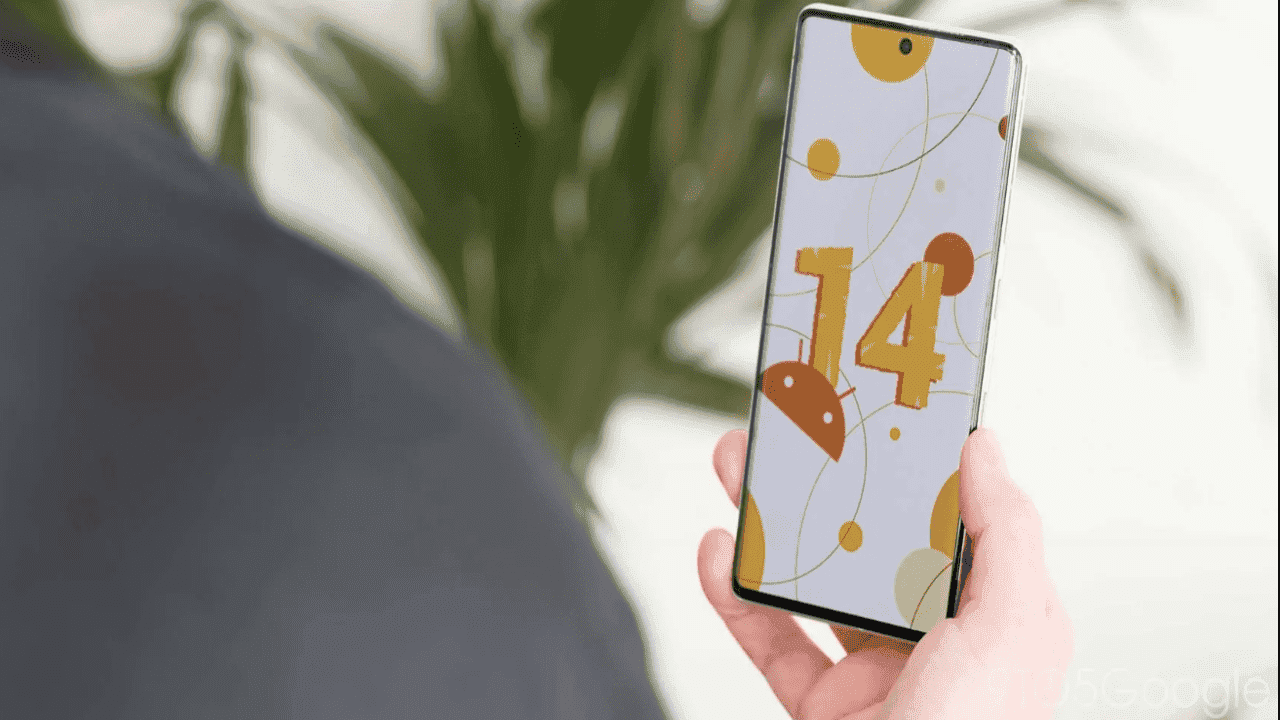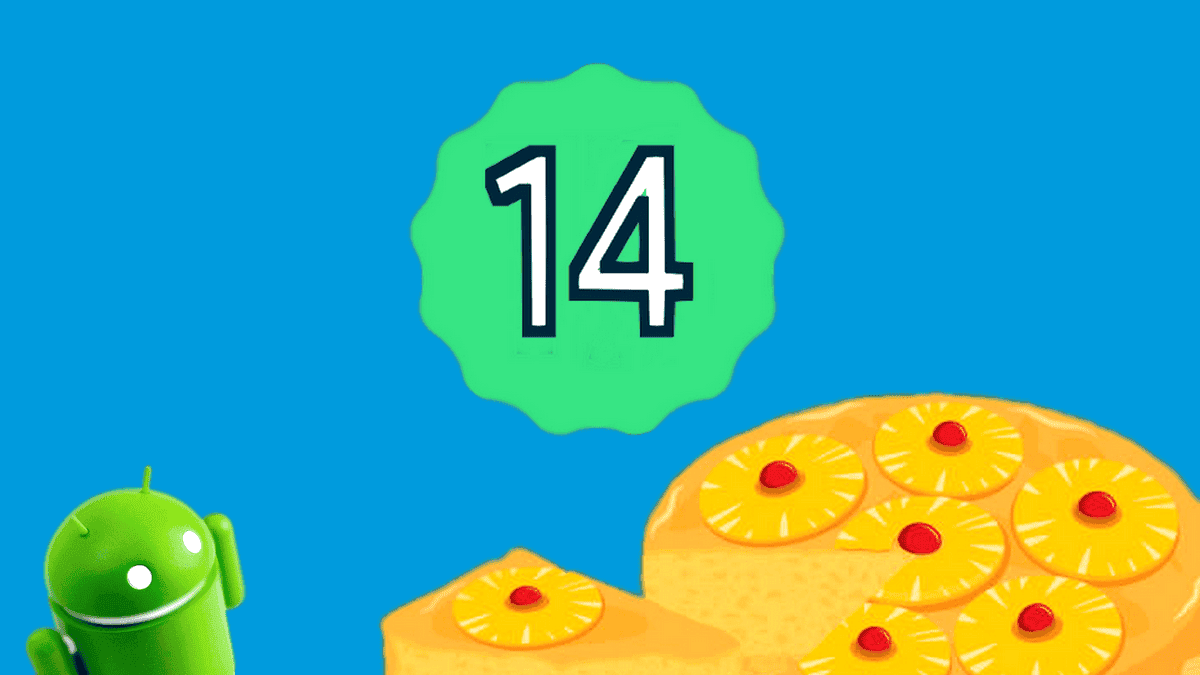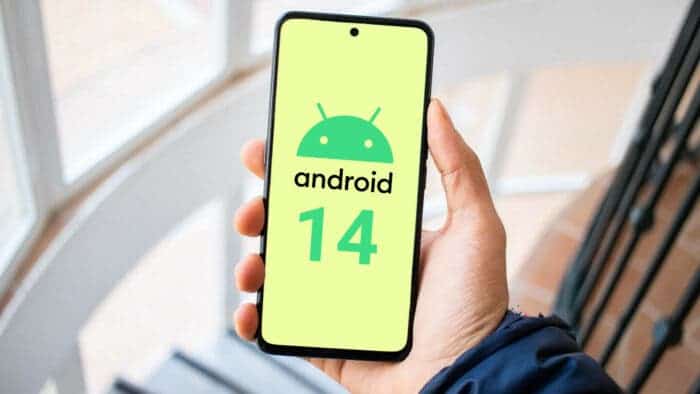

Android 14: Does it worth the wait? Here's the answer
source link: https://www.gizchina.com/2023/01/31/android-14-does-it-worth-the-wait-heres-the-answer/
Go to the source link to view the article. You can view the picture content, updated content and better typesetting reading experience. If the link is broken, please click the button below to view the snapshot at that time.

Android 14: Does it worth the wait? Here’s the answer
The upcoming major release of Android is version 14. We’re always eager to see the new features and interface improvements that come with a significant update, even though Google’s mobile operating system has grown to a certain degree of maturity. Of course, the update also includes a fair share of bug fixes, security updates, and optimizations that enhance the performance on tablets and smartphones even more.
Google is developing Android 14 after a year of transition with Android 13, which will largely have built on the interface foundations laid by Android 12 using the Material You design. This update should mimic Android 13 by bringing UI enhancements, new features, and optimizations without substantially changing the user experience, compared to offering profound changes like Android 12. But with this significant update to Android, we still anticipate more new features.
Internally, Android 14 is known as Upside Down Cake. Each update is decorated with the name of a dessert, as has been customary since the inception of the mobile operating systems, and we move down a letter of the alphabet each time. For instance, Android 11 is known as Red Velvet Cake, Android 12 is known as Snow Cone, and Android 13 was Tiramisu. However, following the release of Android 10, Google has stopped using these names in its marketing and communication, keeping the dessert names exclusive to its staff and away from the general public. Therefore, keep in mind that the Android 14 name—and not Upside Down Cake—will be the next major release.
Android 14 launch date

The release of a major version of Android always occurs in the third quarter of the year. With the exception of Android 12, whose development was hampered by the Covid-19 outbreak. And which was released a few weeks late. In particular, we can anticipate the release of Android 14’s stable version somewhere in late August or early September. Close to US Labor Day (which is the first Monday in September).
But before then, we’ll get our first look at the update. The first developer preview of Android 14 should be made available by Google starting in February. This version is intended for programmers who create apps and services for the mobile operating system. Tather than the general public. From this point on, we will know precisely what new features Android 14 has. Then come more developer previews, and then beta releases.
Google typically releases the first beta of its new Android versions at its significant yearly Google I/O event, which takes place in May. But in 2023, everything might change. According to Google, software tracking on Android 13 will be cut short and cease in March rather than June. This time savings might prompt Google to speed up its plans and launch a beta as early as April. All consumers are able to install beta versions as long as they have a smartphone that is compatible. Although there might still be bugs and some features might not be available, the experience is similar to that of the stable release.
Android 14 compatible devices

The manufacturers will announce as soon as possible the list of their smartphone models that will benefit from the transition to Android 14 in their product line. It’s sure that the Google Pixel smartphones will receive the update first and initiate the update’s official rollout. Android 14 is confirmed for the latest three generations of Pixel devices (series 7, 6, and 5). It won’t be available on Series 3 Pixels or older devices. In order to get accurate information on Series 4, we must wait for a Google announcement. For the Pixel 4 and Pixel 4 XL, Android OS updates are assured until October 2022.
Therefore, the Mountain View company will not make them compatible with Android 14. The Pixel 4a should just about make it because it will be supported until August 2023. While the Pixel 4a 5G should easily make it because it will be supported until November 2023.
More Android smartphone manufacturers are releasing updates to the most recent operating system swiftly and to a larger number of devices. For instance, Samsung now guarantees 5 years of security upgrades and 4 years of Android updates for its premium smartphones (Galaxy S, Fold and Flip). The wait time for the upgrade is also getting shorter, and in 2023 Samsung may release Android 14 to its smartphones even more quickly. Companies like Xiaomi, Oppo, OnePlus, and Vivo take the issue of software support seriously. As soon as the manufacturers have spoken on the matter, we will specify which specific models are eligible for Android 14 in upcoming articles.
When the update becomes available for your smartphone, assuming you have a compatible model, you will get a notification. The installation process will subsequently be fully automatic and flawless if you only decide to accept it. You must register on the Google website (when it becomes live) and select the smartphone you wish to use for the beta test if you want to take part in the program. Then download and install it by going to the phone’s update settings.
Gizchina News of the week
Android 14 new features

We don’t need to wait for the official stable release of Android 14 to have an idea of its features. Because the information from the AOSP commits and then upcoming developer previews and betas are available. We can discover the additions Google is developing for Android 14. Along with the performance improvements, minor interface alterations, bug fixes, and security patches. In the following subsections, we discover the upcoming new features of Android 14.
An innovative rollback gesture
Application developers for Android 13 can already test this new functionality because Google has made the APIs public. If the feedback is positive, Android 14 should be released with the new feature. You can see a preview of the previous screen before returning to it by using the predictive back motion. By doing this, the user can prevent unintentionally landing on a page or program that he eventually does not want to return to.
The user will be explicitly reminded which screen he is moving to when he initiates the back motion. Giving him the opportunity to cancel the gesture in progress. This feature works well on traditional mobile devices as well as smartphones with flexible screens.
Native support for the AV1 video codec
According to a number of commits seen in the AOSP, Google plans to force smartphone makers to use the AV1 video codec with Android 14. This would be incorporated into the Android compatibility testing process’ VideoCodecTest, which is used to verify whether a device is qualified for the mobile operating system. If this is true, AV1 support would be necessary for new devices that want to ship with Android 14 already installed and with Google services.
The Alliance for Open Media, of which Google is one of the founding members and a member, created the open source video codec known as AV1. Since this video codec is far more effective than the most widely used codecs right now. Such as VP9 and the H264, the Mountain View company would want more devices to support it. This is now only the case with a few models. The AV1 uses advanced compression technologies to reduce bandwidth usage significantly without sacrificing quality. The American company may benefit from it on YouTube. And is obviously highly interested in lowering the bandwidth needed for its video platform.
Emergency satellite calls
Apple’s iPhone 14 series introduced satellite emergency calling. Android should do the same soon. It’s ridiculous to consider user experiences for phones that can link to satellites, said Hiroshi Lockheimer, senior vice president of Google’s platforms and ecosystems. “The G1 had trouble with 3G and WiFi when it was first released in 2008. Now, satellite design is our focus. We’re excited to work with our partners to integrate it all into the upcoming Android release,” he said.
Therefore, Android 14 will provide satellite connectivity, albeit we don’t yet know much more about it. It’s possible that just a small number of smartphones will first support this feature. It’s possible that initially, it will only be available on the Pixel 8. Also, it’s also possible that several countries will not immediately have access to satellite communications. Google will need some time to give a lot of consumers a good experience. The promise of being able to reach the emergency services from anywhere without a phone network is highly alluring.
Health Connect will be part of Android 14
Google and Samsung are working together on the WearOS connected watch platform, and created the Health Connect application. It allows you to manage your health, fitness, and fitness data from other specialized apps. Like Fitbit, Google Fit, or Samsung Health, even if it is still in beta. For improved integration of health aspects, Android 14 has a native version of Health Connect, another API. This is fantastic news since it implies that third party developers will be able to benefit from it as well. Contributing to the development of an ecosystem for Android health data that is more relevant. This is sufficient to offset Android’s health related disadvantage over iOS.
Compatibility with the NTFS file system
Support for external storage devices (other than microSD) on Android is a frequent source of confusion. With Android 13’s support for the exFAT file system. Which significantly permits, contrary to the FAT32 standard. The administration of files greater than 4 GB, Google made progress last year. By approving the NTFS (New Technology File System). Which was just become available on Linux (the platform on which Android is built), Android 14 might go much further. As a result, using a hard drive or USB flash drive on an Android device would be simpler.
Android beam
With the Android 14 update, the Android Beam functionality will be completely dropped from the AOSP. After being on hold for several generations. This won’t affect the vast majority of users. Because Nearby Share gives the same ability to wirelessly connect two devices together to execute data transfers and other functions. For smartphone manufacturers who depend on the open source version of Android without a Google license, the removal of Android Beam from AOSP poses a challenge. In fact, the Nearby Share feature is part of Google Mobile Services rather than being a part of AOSP (GMS).
Due to American sanctions on it, a brand like Huawei, for instance, cannot enter all markets. If it wishes to upgrade its smartphones to Android 14, it will consequently be without Nearby Share. And soon without Android Beam. However, nothing stops developers from creating their own Android Beam or Nearby Share-style file transfer feature. On Huawei’s HarmonyOS, the same thing is true. However, compatibility and performance with Android smartphones from other manufacturers are frequently not so good.
Better protection from outdated apps
Android 14 users will not be able to install apps that target earlier versions of Android. With this change, users would no longer be able to sideload particular APK files. And app stores wouldn’t be able to install those exact same apps. Google wants to stop the sideload of harmful Android apps, by prohibiting these outdated apps that haven’t received updates in a while.
Recommend
About Joyk
Aggregate valuable and interesting links.
Joyk means Joy of geeK
